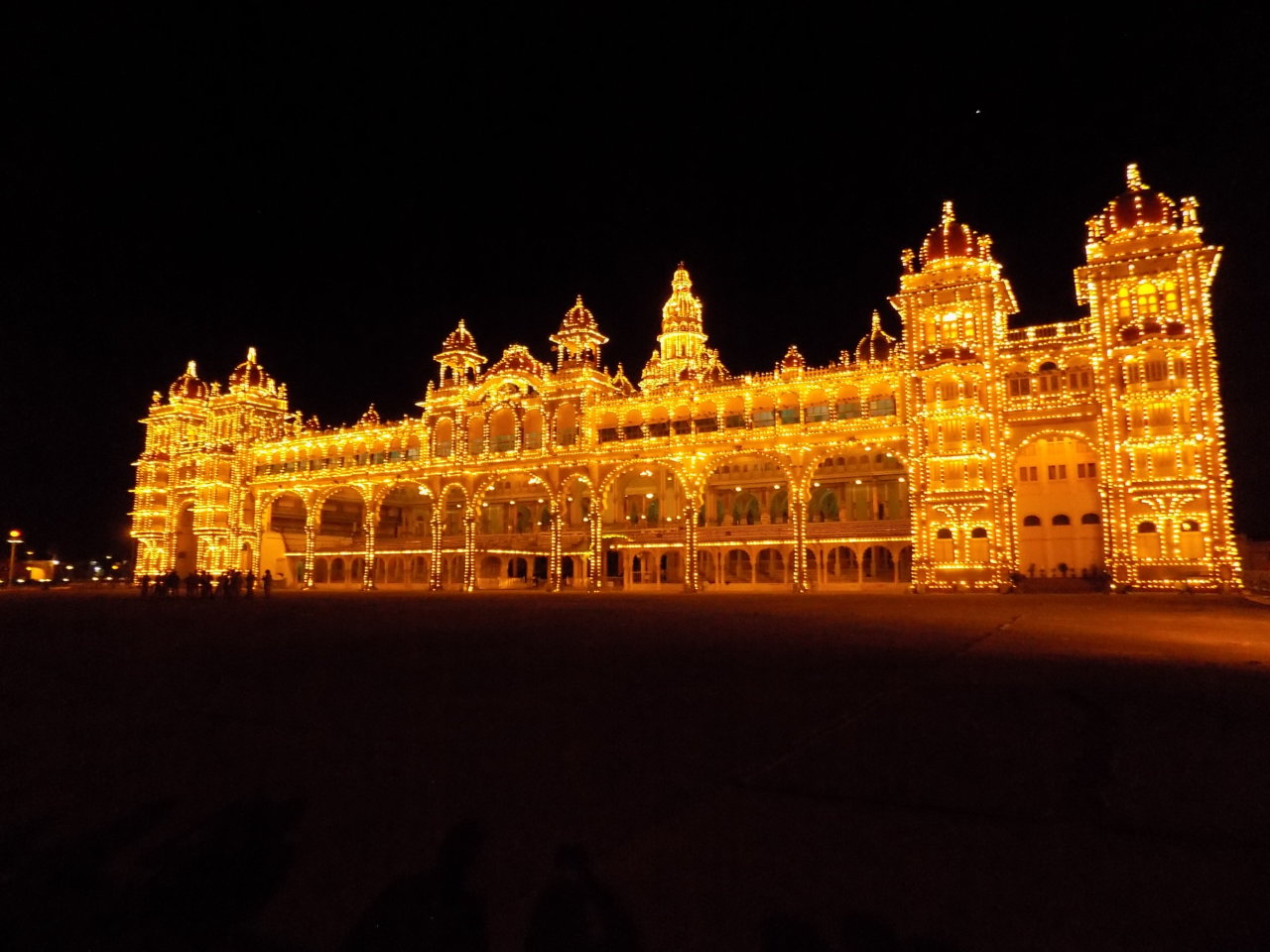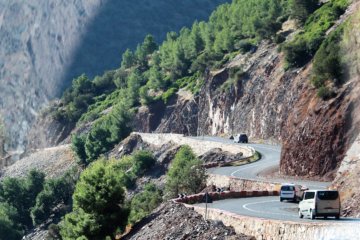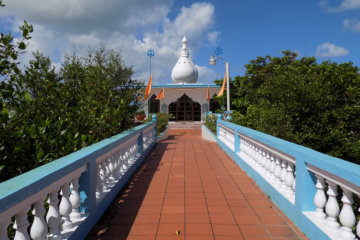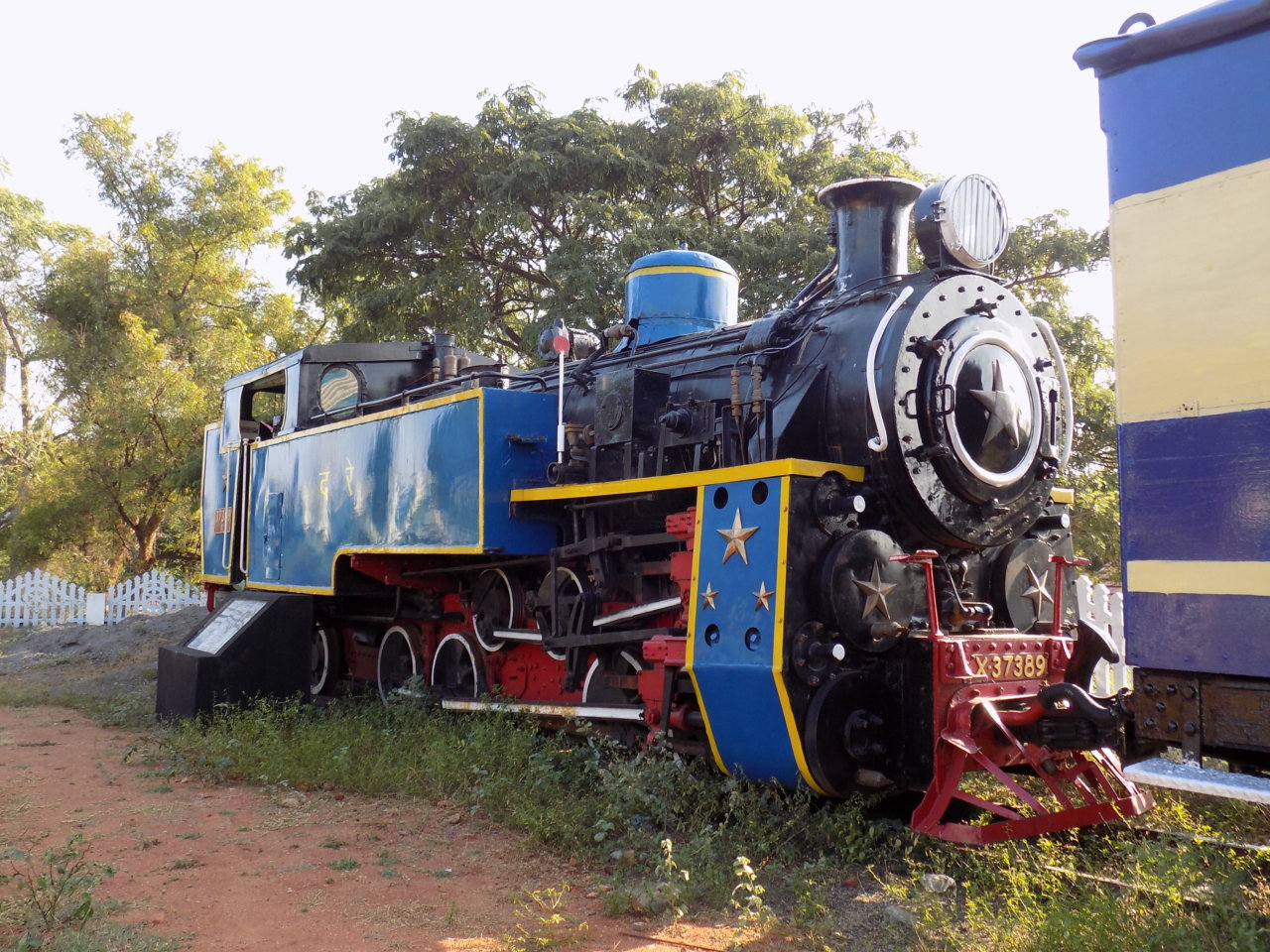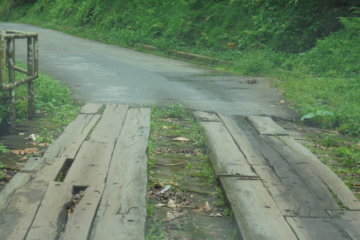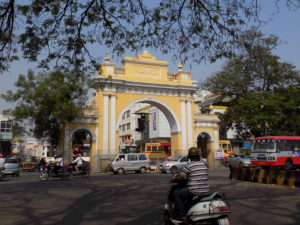
Mysore was the first city of any size that we visited on our trip around southern India. It was here that we first experienced the all-pervading stench of urine on the streets, not surprising judging by the number of people (mostly men, but not all!) doing their business by the side of the road, often right next to signs urging ‘No Urinating’ or, even, perfectly adequate public toilets. It just seemed to be the normal thing to do and no-one batted an eyelid or appeared to be affected by the horrible odour. Not that the whole of the city smells bad! There are lovely parts of Mysore, too. The palace is an architectural gem; the markets offer a myriad of colours and the pleasant aromas of fresh fruit, flowers, spices and essential oils; and the people are open, smiling and friendly. As I say in the title of this post, Mysore is a city of contrasts!
We stayed in Mysore for five days as we wanted to slow the pace a little after our first very hectic two weeks in India. It was a bit of a shock to the system, though. This wasn’t only due to the unpleasant smell; it was also the noise and the traffic, coming, as it did, after the peace and quiet of the hills.
When we first arrived in the city, after checking in and dropping our bags at our hotel, we went in search of a beer. After a dry week or more, due to the strict licensing laws, Mark was well in need of alcoholic sustenance! We had read that there were some bars near the bus station, so we retraced our steps and went looking for them. There were indeed bars, but they were dark, filthy, seedy-looking places with floors awash with foul-smelling liquid, so we didn’t venture inside any of them! We weren’t that desperate!! We did later find perfectly decent bars within some of Mysore’s hotels, so we were finally able to assuage our thirst! I can particularly recommend (for both food and drink) the Infinit Bar on the rooftop of the Roopa Hotel, and the Parklane Hotel.
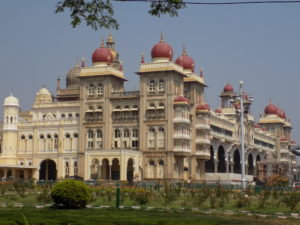
Visiting Mysore Palace has to be the highlight of our stay in the city. It was well worth the 200 rupee entrance fee, especially as this included one of the best audio guides we’ve ever had – just enough detail to be interesting without the eyes glazing over! Call us philistines, but we visit too many places to be bogged down with loads of historical facts that we will no doubt forget as soon as we move on to the next place. We like our guides, whether audio, written or in person, to be entertaining and to include the kind of quirky information which sticks in the memory! This was the case here where, if the audio guide hadn’t told me about it, I would never have noticed the advertising hoarding for Lipton’s Tea in the background of an elaborate oil painting of the Dussehra Festival in the Edwardian Raj era!
The palace is not as old as it first appears. The original building was destroyed by fire in 1897, so the one you see now was designed by British architect, Henry Irwin, and was completed in 1912. The interior is a stunning kaleidoscope of stained glass, mirrors and vibrant colours. It is lavish and undoubtedly over the top. Unfortunately, no photography is allowed inside.
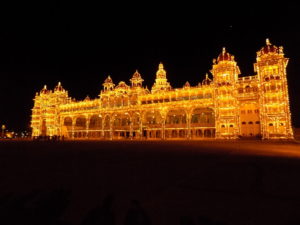
We returned for a second visit to the palace on our last evening in Mysore because it was a Sunday (we had planned it that way) and every Sunday for 45 minutes between 7pm and 7.45pm, it is illuminated with 100,000 bulbs. It’s a truly magical sight, even if you feel a little uncomfortable about the use of power in a city which experiences daily power outages!
We also enjoyed Devaraja Market, a daily covered market, selling fruit, vegetables, spices, essential oils and bindi powder, which has been in existence since the late 18th century. A visit there is an assault on the senses, sometimes even more than you would want! Beware of oil sellers who want you to smell their wonderful hand-blended scents and who will daub them liberally on your shoulders and sleeves to make sure you do! We had a top and a T-shirt ruined this way!!
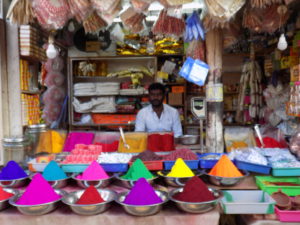
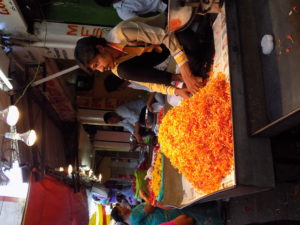
Over time, the market has expanded out of the building that originally housed it and now there are stalls lining the surrounding streets, too. Some of these are clearly unlicensed and we witnessed local police administering their own punishments to these illegal traders by way of slaps on the backside!
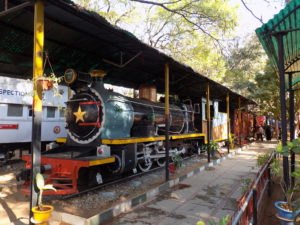
Another highlight of our time in Mysore was a visit to the delightfully quaint railway museum situated behind Mysore Junction Railway Station. It was quirky and colourful and a lovely way to spend a couple of hours. The ticket office was a man sitting on the back of a brake van. What’s not to love?
We spent one of our days in Mysore on an Indian-run trip to local sites, but that experience warrants a post all of its own, so I’ll end this one here!!
Join our mailing list

Sign up to receive our monthly newsletter. Keep up with what we're doing and be the first to receive special offers and insider tips.

